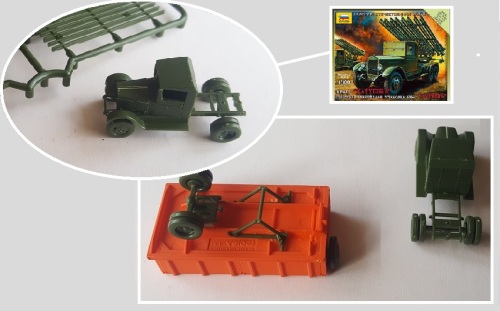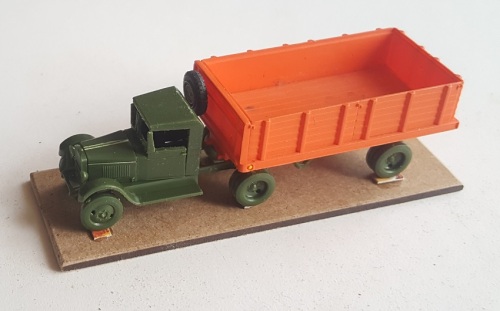I put (1) after the title as I’m sure there is going to be more to come (however this post ‘is it’ for now) ..
This was a trial game set up by NQM Chris to see how squares (similarly to my ideas in Megablitz Squared) would help simplify the movement and real estate issues of large operational games.
My project was a mix of Megablitz and NQM methodology applied to gridded battle space. Necessarily Chris’s experiment was significantly closer to NQM.
 (over the battleground: a Soviet ground attack mission is driven off by German fighters)
(over the battleground: a Soviet ground attack mission is driven off by German fighters)
Scales apart (because scales can always be adjusted) the key difference between the two related operational games is in orders/status and combat. NQM uses die rolls that are varied in value by the weight of attack and defence values. Megablitz uses strength points (which give you the number of dice in combat and hits that can be taken) varied in effect by the order status of the units. I like both approaches.
 (NQM Squared: a Soviet assault bridge aids a river crossing)
(NQM Squared: a Soviet assault bridge aids a river crossing)
You can have a look at the ideas Chris was resolving here: Novgorod: NQM Squared
How the squares actually work is clearly a key aspect of the approach … how do you treat diagonals? How do you handle ‘corner to corner’ contacts. Using orthogonal squares, how do you do ‘2 up/1 back’ deployments (and, then, who supports whom?) …
 (NQM Squared: 3 Red Army battalions plus some Brigade HQ assets advance through an area)
(NQM Squared: 3 Red Army battalions plus some Brigade HQ assets advance through an area)
Then again, these are questions that come up without squares – just squares make you answer them and give some structured definition.
Squares can make it imperative and advantageous to occupy ground and (for defenders) to hold a coherent line in a way that is sometimes lost in a more free roaming game system.
Whenever we use squares, of course, players will always ask about hexes, and their elegant relation, off-set squares.
This can be a thorny issue for some periods – but I think orthogonal squares are the obvious solution for a period where officers used gridded maps. They thought, planned, and moved in a squared world so no harm will result if we model it that way. The same cannot be said for hexes.
 (NQM Squared: German Parachute units dug in)
(NQM Squared: German Parachute units dug in)
A thought provoking session which I hope will bear fruit.



 (The Zis-10 articulated truck)
(The Zis-10 articulated truck)
 (Bronekater being shifted by road – yes, this is how they did it)
(Bronekater being shifted by road – yes, this is how they did it)
 (P.B.Eye-Candy – a 1:100 Zis-10 model based on the Zvezda ‘Art of Tactic’ kit)
(P.B.Eye-Candy – a 1:100 Zis-10 model based on the Zvezda ‘Art of Tactic’ kit)
